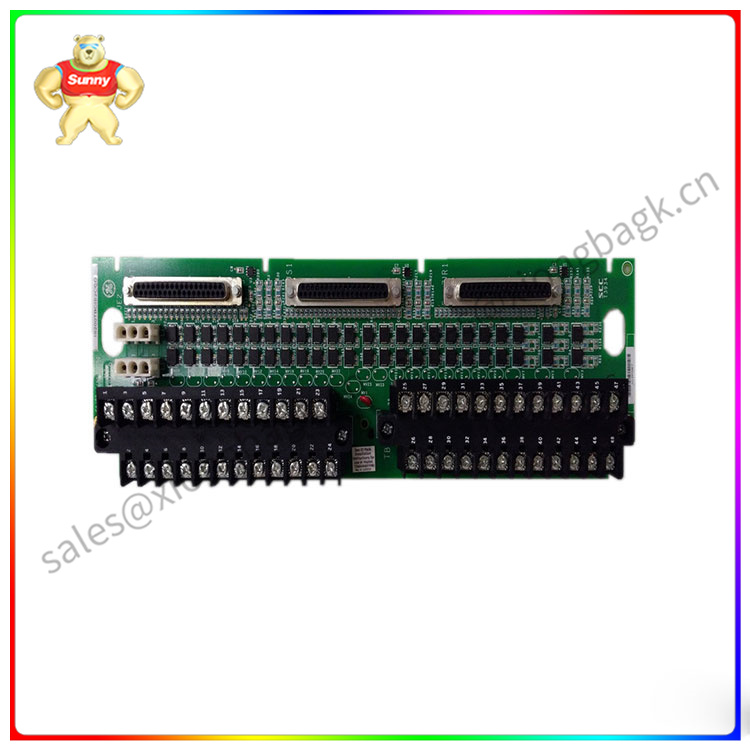IEC 61850 is a set of International standards developed by the International Electrotechnical Commission (IEC) to define and regulate communication and data models in the field of power system automation. This series of standards mainly involves the communication protocols, data models, configuration and testing between equipment and systems in power systems.
Specifically, the IEC 61850 standard mainly includes the following aspects:
A. Communication protocol: IEC 61850 defines an Ethernet-based communication protocol for communication between sub-stations of a power system. This helps achieve seamless integration between devices and improves the reliability and intelligence of the power system.
B. Data model: IEC 61850 standard defines a common data model for describing and representing various devices and their state information in a power system. This data model is based on the concept of objects and classes, allowing for a more flexible exchange of information between devices.

IS200STCIH6AED
C. Configuration file: The standard specifies a configuration file format for describing and configuring equipment in a power system. This helps simplify the configuration and management of the system while improving interoperability between devices.
D. Test specifications: IEC 61850 includes specifications for testing and verification to ensure that equipment conforming to this standard will work properly and cooperate with each other.
Why does the energy sector need 61850?
The network digitization of the IEC 61850 standard began to be deployed at the station bus level in high-voltage substations. However, the need to digitize all parts of the grid (power plants, distributed energy sources, distribution lines and even consumers’ meters) for better control of their operation, as well as the benefits of using the standard in terms of interoperability, have extended the use of the IEC 61850 standard to other network segments, such as process buses in substations. Current and voltage values are now digitized, which leads to the use and transmission of sampled value streams across the network. The availability of such information at different locations on the network allows not only local but also distributed computations to be performed, which becomes important as the complexity of the network increases.
The process bus concept for sampling measured values (SMV or SV) was introduced with the IEC 61850-9-2 standard. The standard recommends that current and voltage transformers (CT, PT) outputs and other signals be digitized at the source and then delivered to these devices using an Ethernet-based local area network (LAN).
Today’s new digital substations use SMVS to control, protect and automate the grid. The sampled values are transmitted as sample streams of high-speed data sets encoded in multicast Ethernet frames. The protocol uses a publisher/subscriber model where the publisher transmits unacknowledged data to the subscriber. For example, in the IEC 61850-9-2 LE profile, sampling values are published at a rate of 4000 frames per second for a 50Hz grid frequency; For a 60Hz grid frequency, sample values are published at a rate of 4800 frames per second. In addition, SV can improve the quality control of energy supplied by distributed energy sources (DER) by predicting failures and future events, as well as optimizing the performance of these plants and the resilience of the distribution network.
 中文版
中文版




